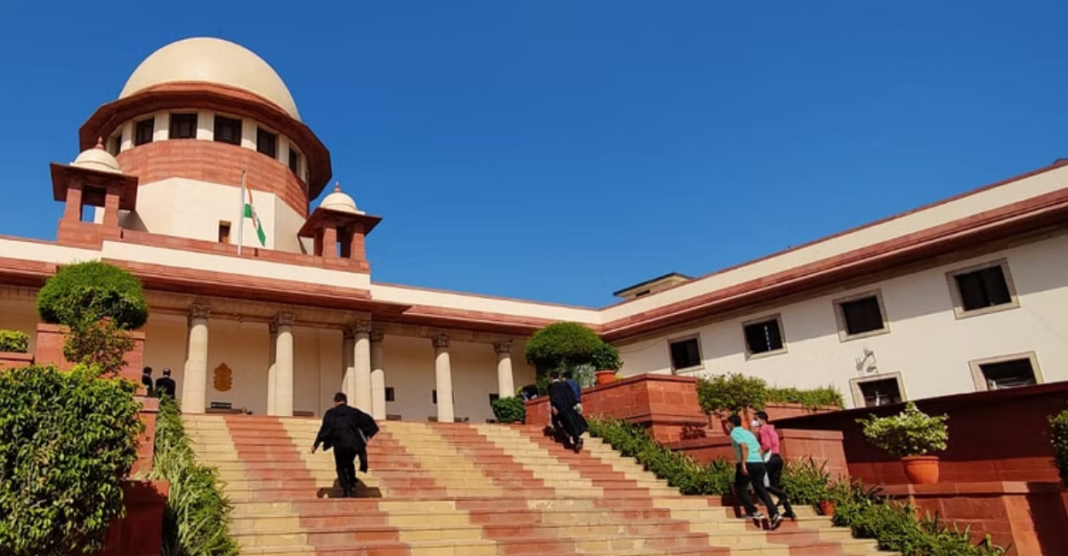On Tuesday, August 29, during a crucial hearing, Chief Justice of India D.Y. Chandrachud posed a challenging question concerning the reasoning behind the reading down of Article 370, which was intended to speed up the integration of the Jammu and Kashmir area. The five-judge constitution bench was deliberating petitions opposing the amendment of Article 370, a clause in the constitution that had previously given the state particular autonomy.
The term “recommendation” in the proviso to Article 370 (3) of the Constitution, as it existed prior to its amendment on August 5, 2019. It caught the attention of the bench because it required the recommendation of the State’s Constituent Assembly.
R. Venkataramani, the attorney general, presented his argument before the judges, suggesting that the term “recommendation” in Article 370(3) should be interpreted as mere advice, without binding the president. However, Chief Justice Chandrachud disagreed with this perspective, asserting that “recommendation” in Article 370(3) indicated a positive decision. He supported his stance by pointing to the varied usage of terms like “consultation,” “concurrence,” “decision,” and “advice” in different contexts.
The Attorney General further contended that the Constituent Assembly lacked the authority to recommend against the revision of Article 370, thereby ruling out the possibility of a presidential override. Instead, he advocated that the Constituent Assembly’s sole responsibility should have been recommending the cessation of Article 370’s operation. He also clarified that the dissolution of the Constituent Assembly without such a recommendation did not impact the president’s authority under Article 370(3), stressing that the power vested in the president by Article 370 is legislative in nature, not executive.
Chief Justice Chandrachud emphasized the paramount importance of restoring democracy in the former state of Jammu and Kashmir. To formulate a “road map” and establish a “time frame” for this restoration, he urged the Attorney General and the Solicitor-General to engage with the highest levels of the Union administration.
Significantly, Solicitor-General Tushar Mehta indicated that Ladakh would maintain its status as a Union Territory, while Jammu and Kashmir might regain its statehood, citing Union Home Minister Amit Shah’s parliamentary statements about the potential for statehood restoration if conditions improved.
The judges also delved into Article 3, which empowers the legislature to create new states and modify boundaries, regions, and state names. The scrutiny extended to Article 370(1)(d), necessitating consultation and concurrence with the state government. Mehta reiterated that in the absence of a government, the governor could exercise the authority of the council of ministers.
A critical contention arose regarding the use of Article 367 to amend Article 370. This change aimed to bypass the requirement of Article 370 (3) for a Constituent Assembly recommendation, by substituting “Constituent Assembly” with “Legislative Assembly” in Article 367. Mehta proposed that the proviso to Article 370(3) became irrelevant when the Constituent Assembly dissolved without such a recommendation.

